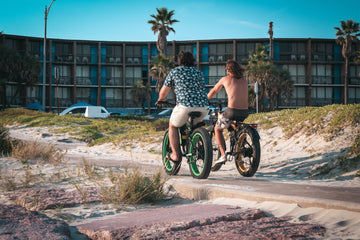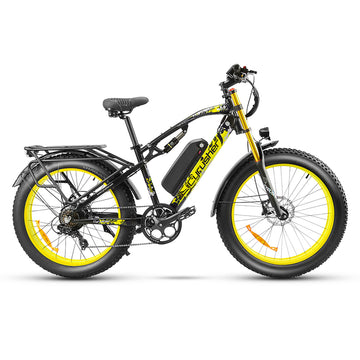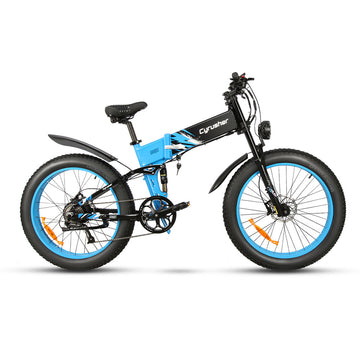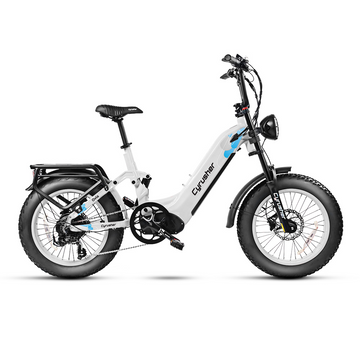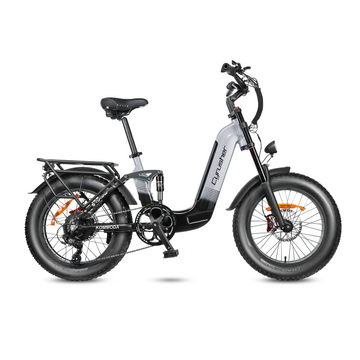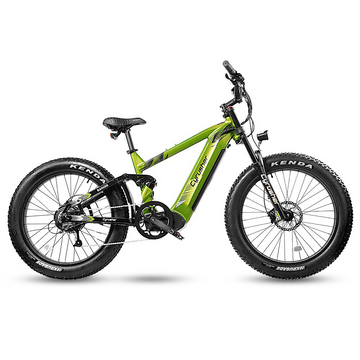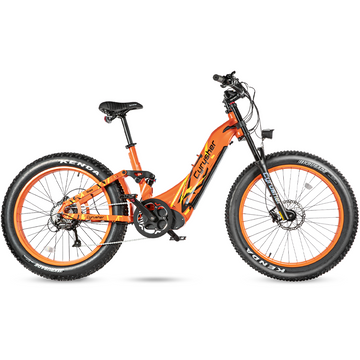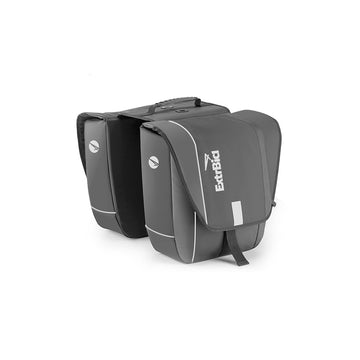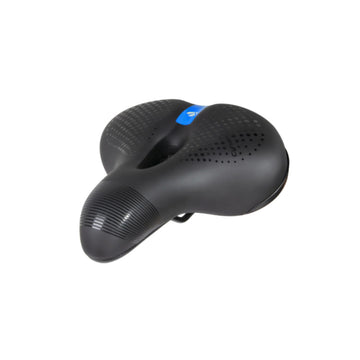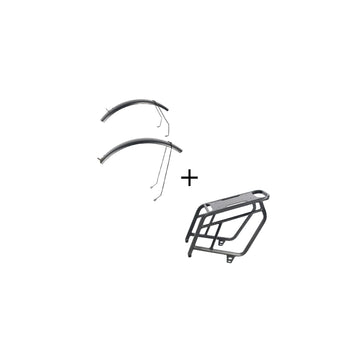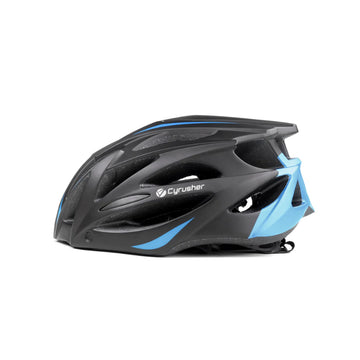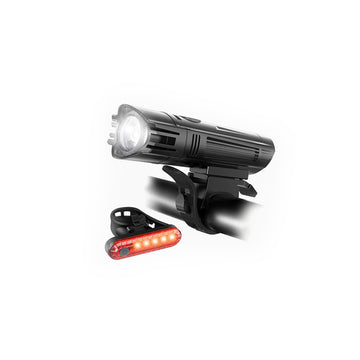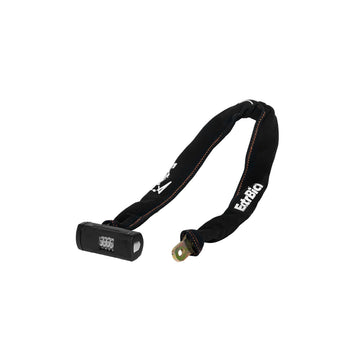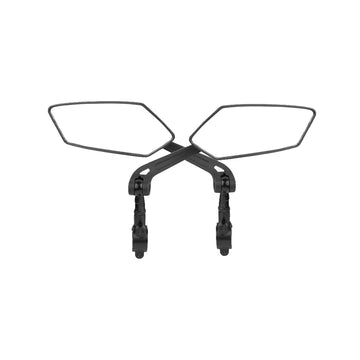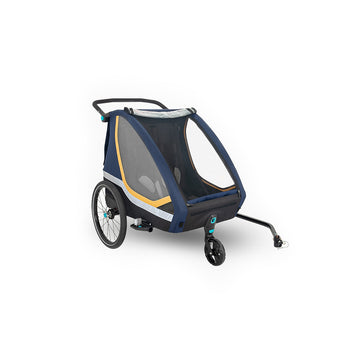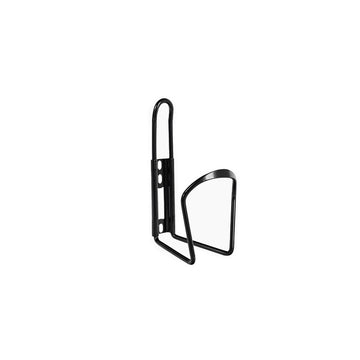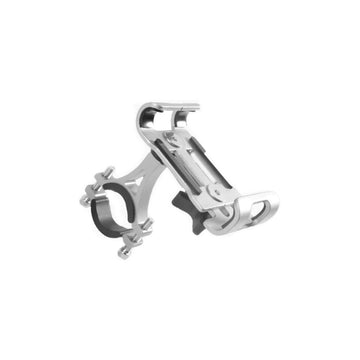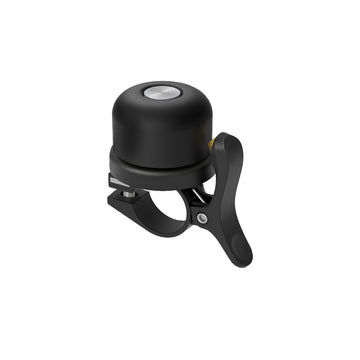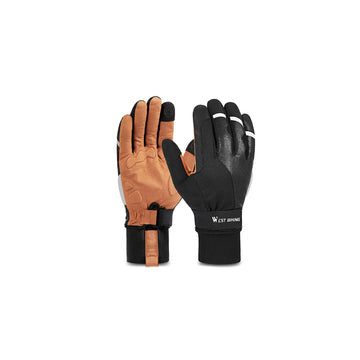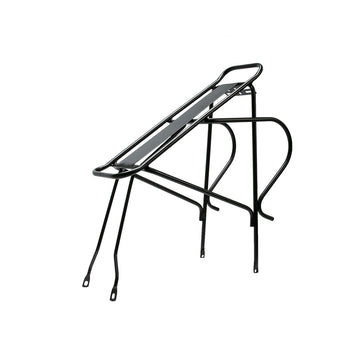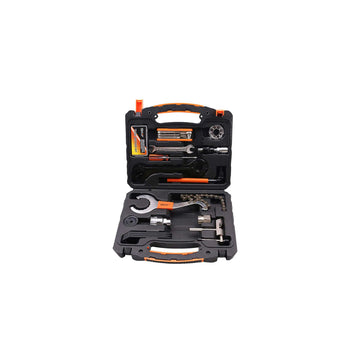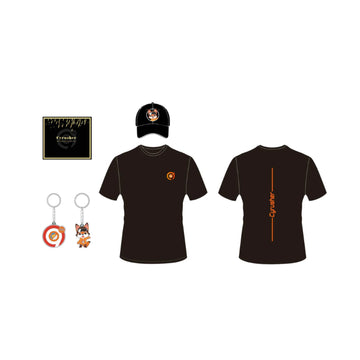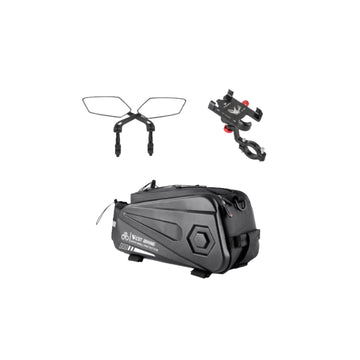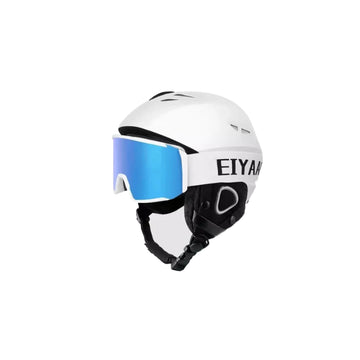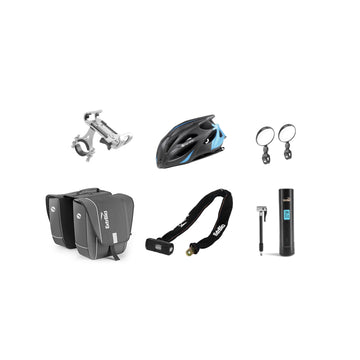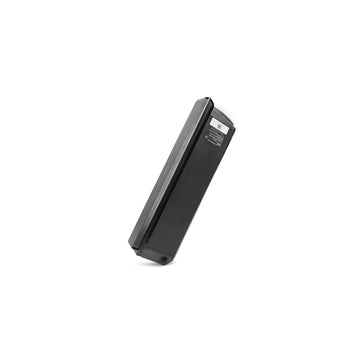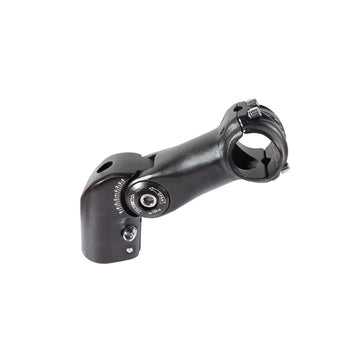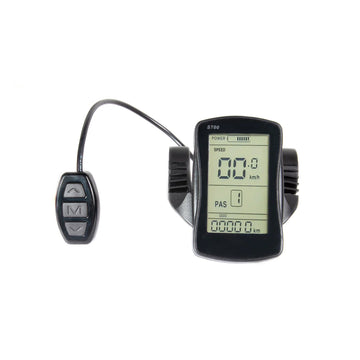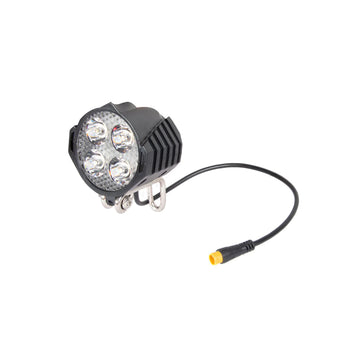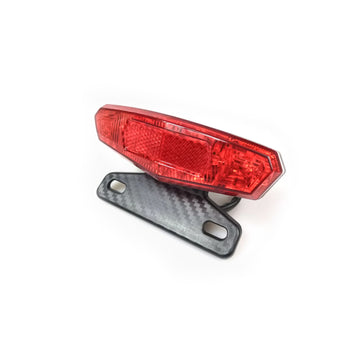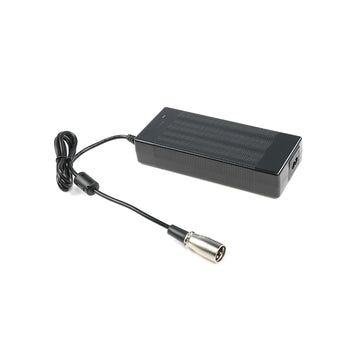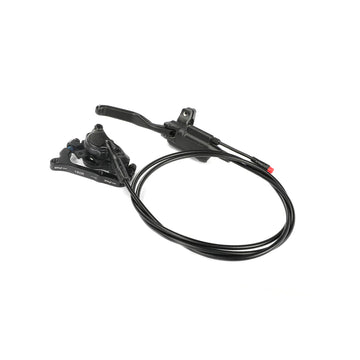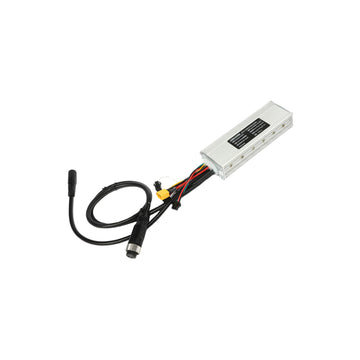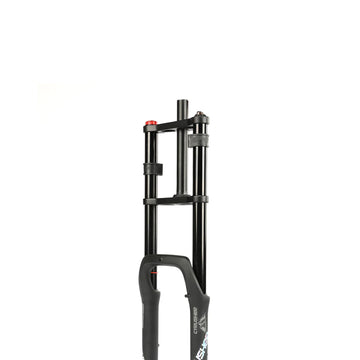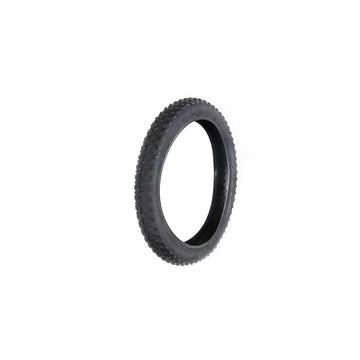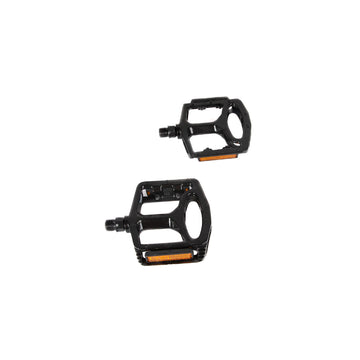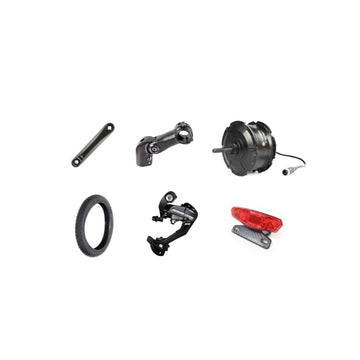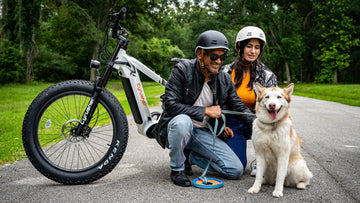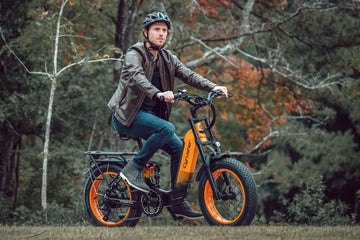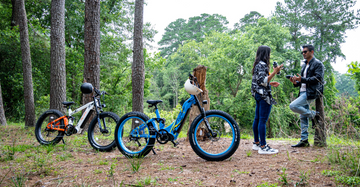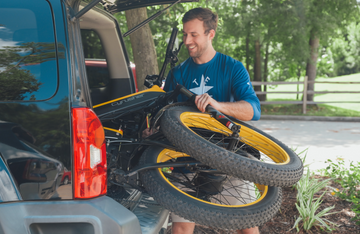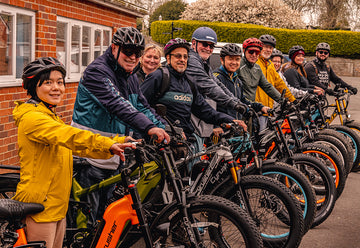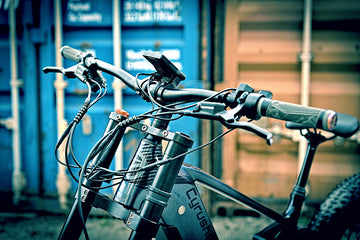The surge in demand for electric bicycles is evidence of the increased interest among riders in these vehicles. However, navigating the diverse price ranges within the electric bike market can pose a challenge for consumers seeking high-quality options. This article will explore the factors influencing e-bike prices and offer buying advice to assist individuals to make informed purchasing decisions.
What factors affect the price of electric bicycles
To gain insight into the reasons behind the fluctuation of electric bicycle prices, it's crucial to grasp the diverse factors influencing their costs.
Components quality
One key element is the quality of the parts in an electric bicycle, which include the motor, battery, frame and transmission system. Variances in component quality can profoundly impact the e-bike's overall performance and longevity. Parts subjected to rigorous quality control processes often command higher prices. But they also typically offer enhanced durability, thereby bolstering the product's longevity and overall cost-effectiveness.
Performance
The primary driver of price disparity in electric bicycles lies in their performance variations. Differences in cruising range, speed, power output, and gear transport ratio are significant factors influencing price fluctuations. Usually, e-bikes that have longer cruising ranges, higher output powers, and superior gear transportation efficiencies demand higher prices.
Technology and functionality
When discussing technology and functionality, attention often centers on the customizable smart systems integrated into electric bicycles. These include features like smart connections, adjustable seats, expanded riding modes, and other technological enhancements aimed at enhancing the rider's experience. Nebertheless, incorporating such smart features may elevate overall construction costs. It's important for buyers to assess whether these additional functionalities align with their budget and other requirements when making a purchase decision.
Design and aesthetics
When considering design and aesthetics, it's essential to recognize that consumer preferences vary widely. Each individual has their own opinions about the design aesthetics of a given electric bicycle model. Factors like frame materials, such as aluminum or carbon fiber, contribute to aesthetic distinctions while also influencing costs and performance characteristics. Similarly, paint finishes, ergonomics and other designs have a role in enhancing the overall aesthetic appeal of the vehicle. However, integrating these additional design elements often comes with extra customization costs.

Brand value
A reputable brand normally offers superior customer service and reliable after-sales support, factors that give buyers confidence. Consequently, consumers may be required to pay a premium for the assurance associated with renowned brands.
Electric bicycle price range classification
This article covers three price ranges for electric bicycles, based on market fluctuations and variations in quality:
Budget-friendly options ($500 - $1,000)
In the economical price range of $500 to $1,000, electric bicycles usually feature basic electric components and offer limited functionalities. As these bikes don't typically excel in performance, consumers should be cautious of products claiming powerful performance at lower prices. Such claims are often false advertising or mask the use of inferior, unregulated components that pose a hidden risk to buyers. While budget e-bikes may lack the power and durability of higher-end models, they still are cost-effective transportation options for riders or commuters with limited budgets.
Mid-range models ($1,000 - $2,500):
Mid-range electric bicycles, priced between $1,000 and $2,500, are the preferred choice for many riders. These models commonly have high-quality components that strike a balance between performance and cost-effectiveness. Consequently, this category is a more nuanced classification, catering to the diverse needs of riders, including urban commuters and mountain bikers. With a mid-range e-bike, buyers can expect a blend of performance and functionality, culminating in a satisfying riding experience..
Premium and performance models ($2,500 and above):
For those with a more substantial budget, the high-end electric bicycle category, priced at $2,500 and above, offers more options. These vehicles come with top-of-the-line components, advanced features and superior performance. Tailored to riders who prioritize elevated riding performance and a professional riding experience, premium e-bikes have upgraded functional components. This includes the utilization of materials like carbon fiber and mid-mounted motors to deliver exceptional quality and enhance the riding experience for professional enthusiasts.
Comparison between mid-range and high-end models
Let's compare mid-range electric bicycles and high-end electric bicycles in terms of price and performance configuration. By considering these differences, riders can make more informed decisions when selecting the most suitable electric bicycle for their needs.
|
Model |
||
|
Motor |
750 watts (1000-watt peak), 80 N.m high-speed hub motor |
1000 watts (1500-watt peak), 160 N.m Bafang M620 mid-drive motor |
|
Frame material |
6061 aluminum full suspension frame |
carbon frame 4-bar linkage soft-tail structure |
|
Pedal sensor |
cadence sensor |
torque sensor |
|
Battery |
48-volt 14amp-hour LG/Samsung lithium battery. waterproof IP65 (included) |
52-volt 20 amp-hour LG 21700 cells |
|
Suspension |
oil &spring suspension fork with adjustment + spring suspension 165x750 lbs |
GTMRK inverted air suspension fork + DNM air suspension |
|
Brake |
fully hydraulic disc brakes 180mm front + rear |
hydraulic disc brake Tektro 4 piston E730 |
|
Transmission |
Shimano TX50-R/M315 gear shift system 7 speed |
Shimano 9 speed |
|
Tire |
Chaoyang 20" x 4" puncture-resistant fat tires |
26"x4.8 CST fat tire / aluminum double wall rim |
The comparison table above uses an example of a mid-range and one of a high-end bicycle to illustrate the difference in performance configurations and cost.
In terms of motor performance, the Cyrusher Kommoda features a 750W high-power rear hub motor, with a peak output of 1000W and 80Nm torque. This configuration facilitates easy acceleration and effectively meets the demands of daily riding .

On the other hand, the Hurricane boasts a 1000W mid-mounted motor with 160Nm torque, offering greater power output and smoother acceleration, especially in challenging mountain terrain. The mid-mounted motor's advantage lies in its ability to harness the synergy of the chain and gears, optimizing efficiency and transportation ratio. Consequently, models equipped with mid-mounted motors provide a smoother riding experience, conserve energy output and offer longer riding distances.
Another distinguishing factor is the variance in frame material between the two models. The Kommoda employs a lightweight aluminum frame, known for its durability, rigidity, and favorable cost performance. Aluminum frames are widely used in the electric bicycle market due to their reliability and cost-effectiveness, providing adequate performance for daily riding needs.
In contrast, the Hurricane utilizes carbon fiber material, renowned for its exceptional shock absorption capabilities. The flexibility of carbon fiber enables it to absorb more complex road bumps, delivering a comfortable ride for the cyclist. Additionally, carbon fiber has advantages in terms of weight reduction, enhancing acceleration and maneuverability, ultimately improving energy efficiency for the vehicle.
The variance in pedal sensors also contributes to differences in the riding experience between the two models. The Kommoda utilizes a cadence sensor, giving goood support for daily riding. This sensor facilitates easy acceleration and speed adjustment without relying on the force exerted by the rider on the pedals. As a result, it proves particularly beneficial for riders with mobility issues, offering a user-friendly ride. Conversely, the Hurricane employs a torque sensor, which adjusts the riding speed by sensing the changes in rider's pedaling. This mechanism provides a smoother riding experience, enhancing the overall exercise effects for the rider.
Moreover, discrepancies in battery capacity significantly impact the riding range. Models equipped with larger battery capacities inherently support longer riding distances. In addition, larger capacity batteries have ample riding power to ensure a more comfortable and sustained forward motion for the vehicle.

Both electric bicycles feature full suspension systems and each has a comfortable ride, but with different cushioning effects. The Kommoda opts for an oil-spring front fork and spring shock absorber combination, designed to compress the spring and mitigate vibrations. In contrast, the Hurricane employs dual air pressure shock absorbers, which absorb impact through gas compression. These different compression mechanisms have distinct cushioning effects and weight impacts. Air pressure shock absorbers, while more costly, offer the advantage of lighter weight, contributing to the overall performance of the bicycle.
The braking system is paramount for safe driving. A responsive braking system can mitigate risks associated with sudden stops. In comparing these two electric bicycles, it should be noted that they employ distinct braking principles. Kommoda incorporates hydraulic disc brakes, utilizing fluid pressure for brake caliper activation. The larger rotor diameter not only enhances braking performance but also aids in heat dissipation. On the other hand, the Hurricane opts for a piston brake system with four-piston calipers, delivering increased braking force. Such systems are prevalent in high-end mountain electric bicycles, catering to aggressive off-road riding styles while ensuring enhanced braking performance.
Transmission systems are generally distinguished by different gear speed options.The Hurricane features a 9-speed drivetrain, providing a wider range of gear ratio options compared to the Kommoda's 7-speed setup. More gear choice allows riders to easily tailor their selection to suit their individual riding preferences. With a high-speed transmission system like the Hurricane's, riders experience enhanced climbing efficiency, enabling them to maintain power more effectively and tackle more demanding terrain with greater ease.
Tire size plays a crucial role in determining various riding factors, including traction, rolling resistance, comfort and stability. Despite both e-bikes having fat tires, the tires vary in size. In general, larger diameter fat tires offer a more comfortable and stable ride. Conversely, smaller fat tires enable faster control in high speeds and maintain a dynamic riding effect with a lower center of gravity.
The Hurricane is equipped with upgrades and optimizations across various components, catering to riders seeking the pinnacle of adventure. Meanwhile, Kommoda has emerged as a favored option among budget-conscious riders. It satisfies daily riding requirements while ensuring comfort, rendering it a highly cost-effective choice.

Conclusion
When determining the appropriate value for a quality electric bicycle, it's crucial to thoroughly evaluate whether the component quality, functional performance, and other factors align with your budget. Exploring key component options across different price ranges enables you to identify the ideal e-bike based on your riding requirements. Typically, higher-priced models offer enhanced performance features. By considering the key characteristics of popular models and comparing their performance, you can effectively narrow down your options and make a confident decision.
